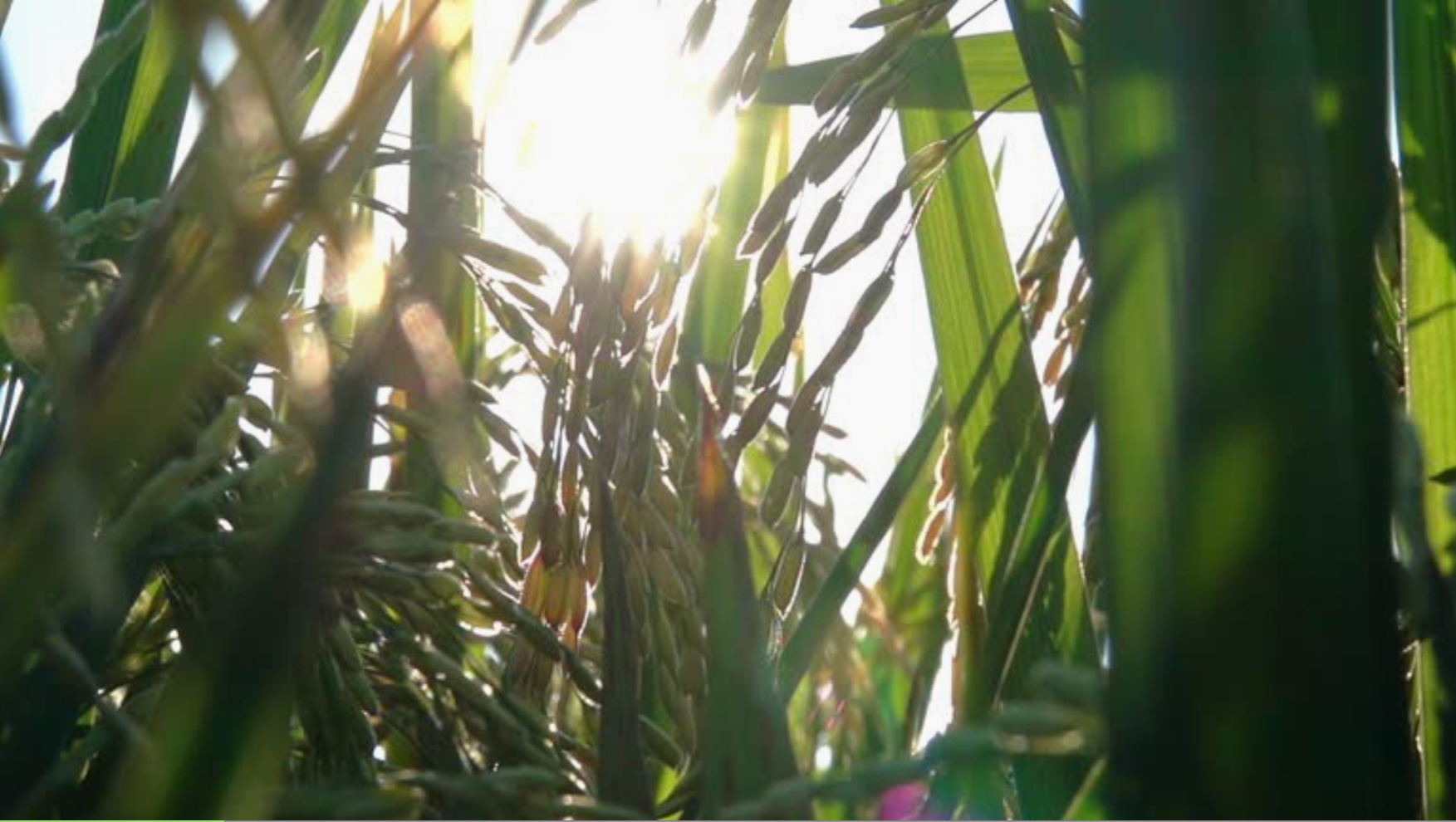-
Enhance chewing function
It strengthens the masticatory muscles and pharyngeal muscles and has good oral flora by salivation, preventing dysphagia and swallowing pneumonia in the elderly. Positive effects have also been reported on cognitive function. Brown rice diet during childhood affects the formation of facial features, and the teeth grow well.
-
Relief of constipation
Brown rice’s dietary fiber and gamma oryzanol improve the intestinal flora and increase short-chain fatty acid-producing bacteria such as acetic acid, propionic acid, and butyric acid. Acetic acid suppresses the growth of bad bacteria in the intestine. Butyric acid also affects colorectal cancer prevention and mental function. Lack of constipation improves excretion of toxins and other substances from the intestinal tract and is related to skin beauty. The composition of intestinal bacteria maintains immunity and suppresses the development of infectious diseases.
-
Healthy longevity
The brown rice diet is a complete diet that provides nutrients by itself. Obesity is a source of hypertension, diabetes, and dyslipidemia that begin with metabolic syndrome. By keeping the skin moist and not getting sick, you can maintain a high level of health and compete with your life. Eating a good meal can prevent senile syndrome such as sarcopenia and flail, and can help prevent dementia.
-
Japanese food
For hundreds of years, Japanese food has been polished for rice. Japanese food is a culture that Japan can be proud of, as a UNESCO World Heritage Site. Seasonings such as miso, soy sauce, and broth go well with rice. The goodness of rice balls is spreading all over the world.
-
Useful for household
Rice costs from around $ 3 / kg to around $ 7 at most. Wagyu beef costs over $100 per kg. Rice is an excellent ingredient both in terms of nutrition and food costs. In addition, Japanese foods such as hot pot dishes are easy meals for families and friends.
-
Food education, maintain local agriculture, paddy fields and environment
Japanese agriculture is said to be small. However, it has protected natural environments such as rice terraces and satoyama. In addition, children learn the importance of life from the experience of harvesting rice from rice, and realize the importance of eating. An eco-friendly regional symbiosis society is a keyword that will support an aging society with fewer children.
-
Japan’s Food Security Foundation
Japan’s food self-sufficiency rate is less than 40%. Food imports from abroad may be suspended during extreme weather events and disasters on a global scale. Food policies are needed to protect rice and survive the nation without starvation. Rice crops are resistant to global warming. Being able to produce the necessary amount of people in Japan is the most important security.


